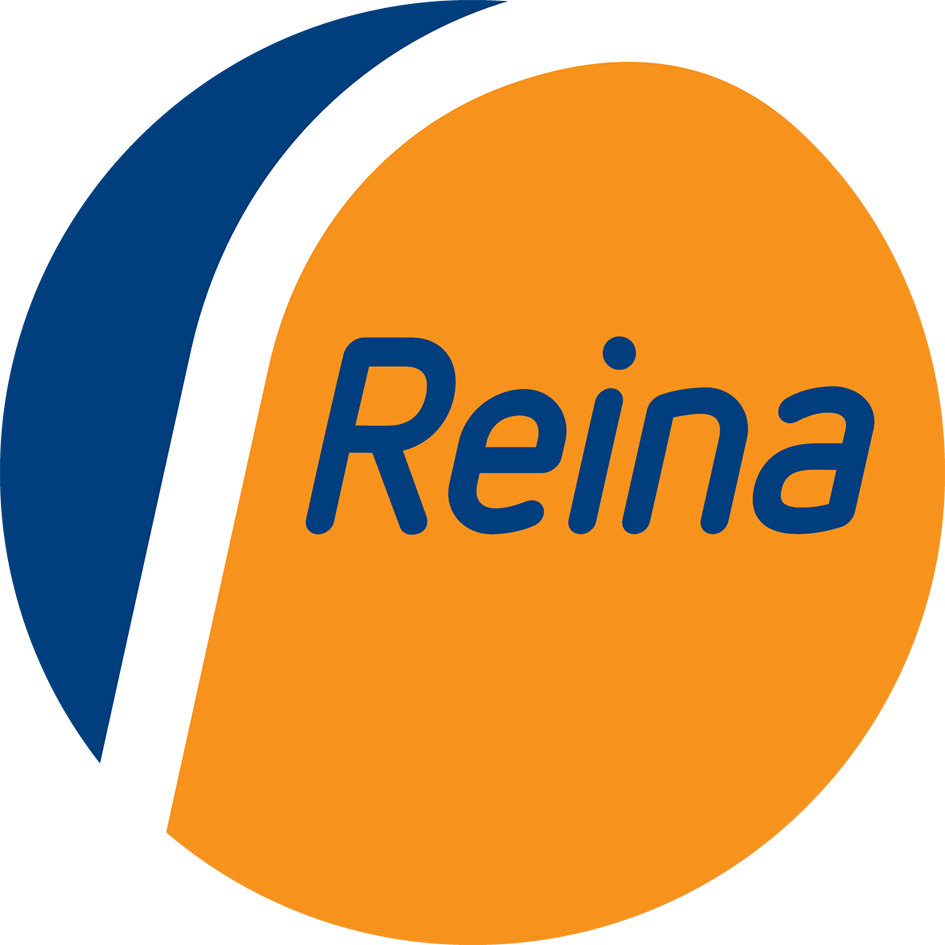What is the RHI & What Does It Mean To Me?
The Renewable Heat Incentive (RHI) is in place to reward homes that generate heating from renewable sources. The latest RHI scheme, launched in April 2014, is a financial incentive for domestic properties to make the move to environmentally-friendly heating / hot water alternatives.
The benefits for households that participate will be “saving money” by reducing the need for electricity, gas and / or oil, which have been steadily increasing in price year on year.
The incentive is paid by Ofgem, the official regulator, who pay the tariffs with money from the Treasury. RHI is paid to the owner of the heating system at a set rate per unit of renewable heat produced. There is some variation in reward depending on what system you have installed, so it is worth checking what tariff level would be applicable to you.
The RHI tariffs are paid for seven years from the registration date, and are index-linked for inflation. Studies have shown that many participants will earn enough money from the tariffs to pay off their initial installation costs in approximately seven to nine years especially on older properties, although there is no guarantee that this is the case. According to the Government, which sets the tariff levels, the average for most systems is a return of around 12% per year.
Eligibility
Only newMCS approved equipment is eligible for the RHI; this can be retro-fitted to an existing property or installed into a new “self build” project. New systems replacing existing renewable installations will also qualify.
There are several eligibility requirements, all of which must be met for installations to receive tariffs. RHI is not available to new build properties other than self-builds, but if you are looking to carry out retrofit or refurbishment projects then heat pumps are ideal – and would allow you to benefit from these financial incentives. Unfortunately, not all renewable heat technologies are eligible. Some examples of supported items are:
● Solar Thermal (up to 200kWth)
● Biomass boilers
However, there are some further criteria to be aware of too. One example of this is that you must have a Green Deal Assessment carried out in your home. To qualify for RHI you also must be certified under the Microgeneration certification scheme (MCS). Take a look at our MCS heat pump design and installation page for more information.
Maintenance is also a key factor, as installations will have to be maintained and may be inspected periodically if it is deemed necessary. These rules are in place to protect the public purse.
The tariff
The tariff is paid based on the eligible heat output of the installation, and depends on the type of energy being used and the size of the system you have installed.
It is specified that heat cannot be wasted. RHIncentive states that it must be used for a prescribed purpose; space, water or process heating, and not for other uses such as electricity production.
Measuring the output of heating system follows two different criteria – metering, or measuring, and deeming, or estimating. Take a look at this guide to measuring heat output for more information.
Use our Renewable Heat Incentive calculator to get an estimate of how much you could earn by installing a renewable heating system in your home. For further information visit the official government website.
